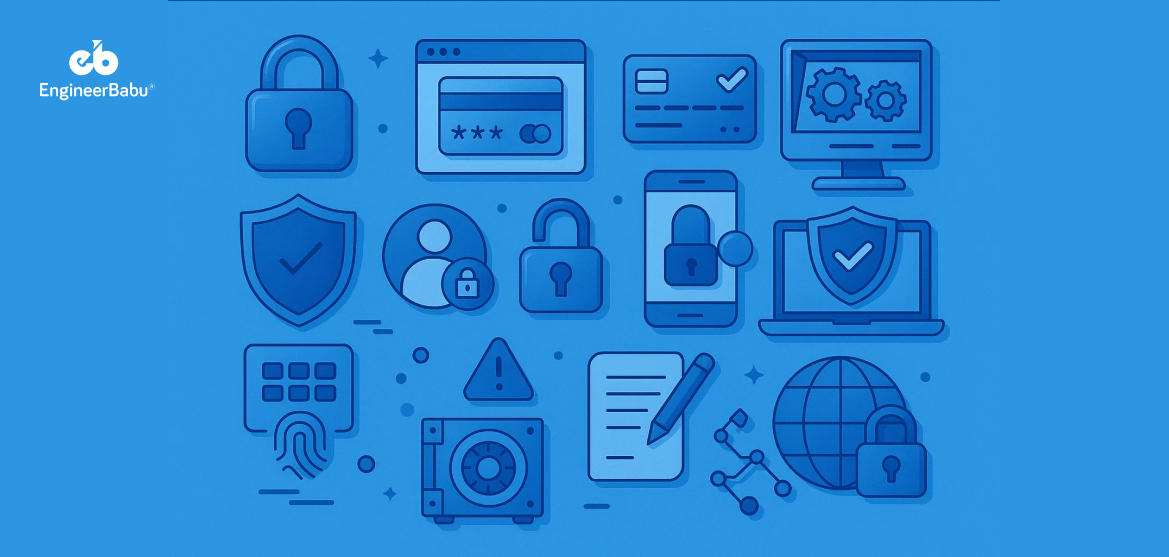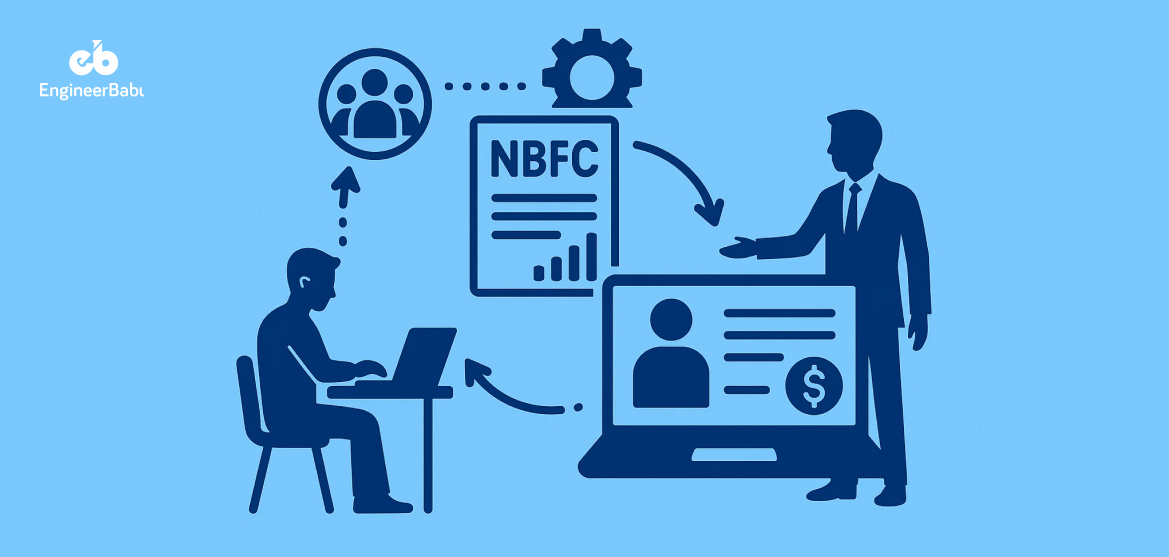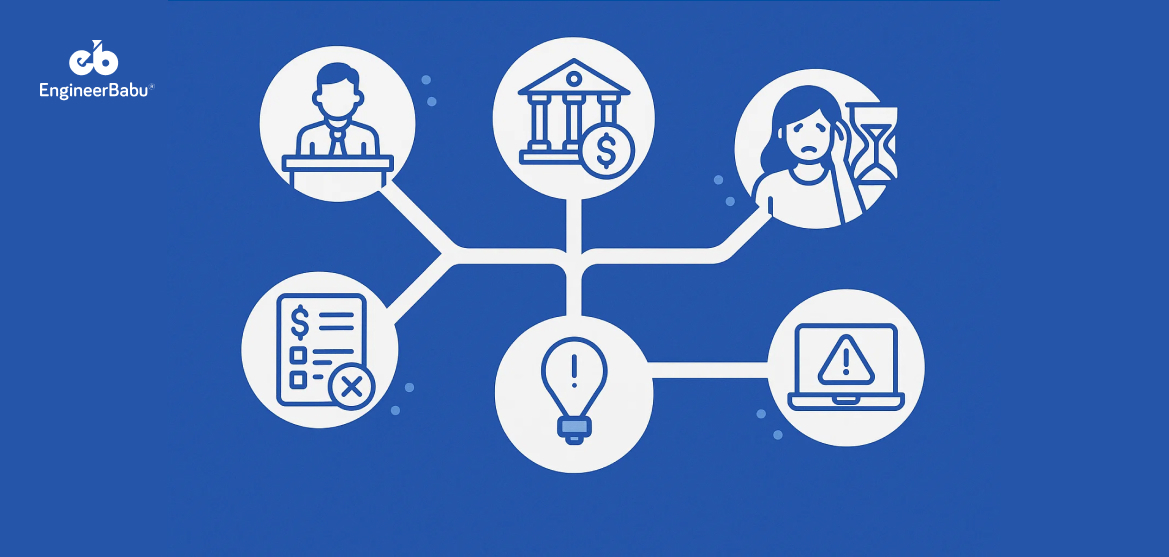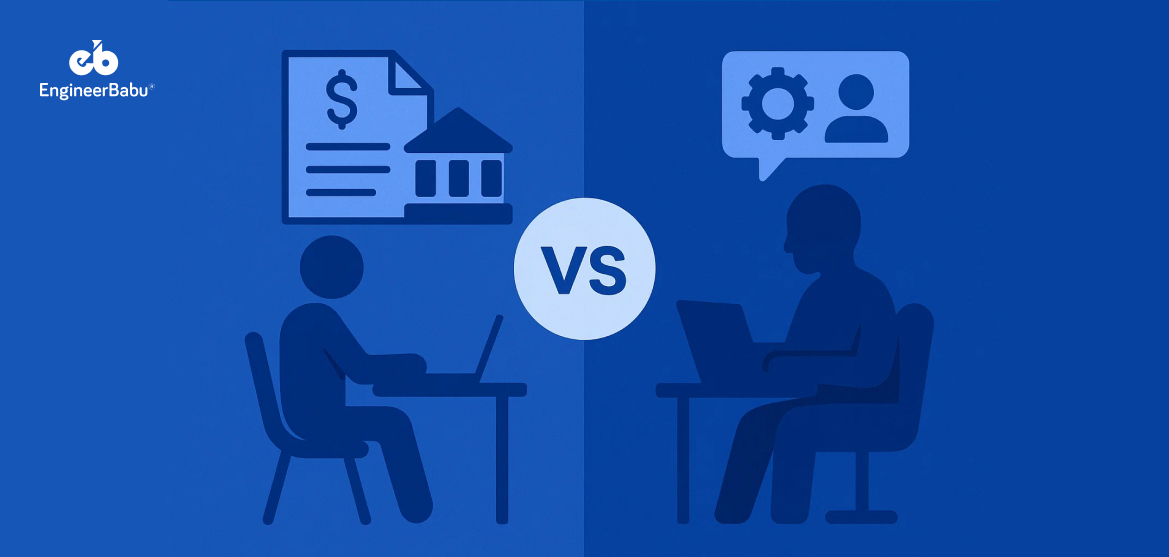In 2023 alone, over 63% of fintech data breaches involved stolen payment card information, not due to sophisticated hacks, but because basic security controls were missing. That’s the cost of skipping PCI DSS.
If your app handles cardholder data, storing it, transmitting it, or even routing it through APIs, you’re expected to comply. No exceptions. PCI DSS sets the minimum security standards for any system dealing with payment information.
But here’s the problem: many fintech startups delay compliance or assume it’s handled by their payment processor. It’s not. You’re responsible for how data flows through your stack – your servers, code, and integrations.
This article breaks down the 12 PCI DSS compliance requirements specifically for fintech teams. Each one includes what it means, why it matters, and how to apply it inside real-world app environments, from encrypted databases to cloud firewalls to DevOps pipelines.
What Is PCI DSS Compliance?
The Payment Card Industry Data Security Standard (PCI DSS) is a global framework created by the PCI Security Standards Council (PCI SSC) to ensure that organizations handling credit card data maintain a secure environment.
It applies to any entity that stores, processes, or transmits cardholder data. This includes fintech startups, SaaS payment platforms, embedded finance products, and any app that interacts with payment information in any capacity.
Key PCI DSS Compliance Standards for Fintech Apps
1. Install and Maintain a Firewall Configuration to Protect Cardholder Data
Every fintech app interfaces with multiple services, from banks to third-party APIs. Without strict network boundaries, unauthorized traffic can move laterally across your systems. Firewalls are the first layer of defense that define what data flows in and out of each environment. A misconfigured or unmonitored firewall can expose internal databases, admin panels, or containers to public access, which is exactly how many breaches start.
Fintech implementation tips:
- Deploy firewalls across VPCs, Kubernetes clusters, and cloud infrastructure (AWS Security Groups, GCP VPC firewalls).
- Document and audit all firewall rules.
- Block all non-essential inbound and outbound ports.
2. Do Not Use Vendor-Supplied Defaults for System Passwords and Other Security Parameters
Fintech teams move fast. But if you spin up cloud instances, databases, or CI/CD tools using default credentials, you’re handing attackers a roadmap. These defaults are publicly documented and frequently exploited by bots scanning for open ports. This is especially dangerous in fintech where unprotected environments may handle cardholder data during app development or testing.
Fintech implementation tips:
- Enforce password hardening policies.
- Disable unnecessary services and ports.
- Rotate secrets and credentials automatically via vaults like HashiCorp Vault or AWS Secrets Manager.
3. Protect Stored Cardholder Data
Stored cardholder data, even if temporary, is a high-value target. A single leaked database backup or misconfigured S3 bucket can expose thousands of payment records. Without encryption, tokenization, or data minimization, even an internal mistake can become a breach. This requirement ensures that stored data is unreadable and properly segmented across systems.
Fintech implementation tips:
- Don’t store CVV unless absolutely necessary (and only as per legal exceptions).
- Mask PANs in logs, dashboards, and error reports.
- Use strong cryptography (AES-256) for storage encryption.
4. Encrypt Transmission of Cardholder Data Across Open, Public Networks
Fintech apps often use APIs to connect with banks, card networks, and payment gateways, all over public networks. Without encryption, cardholder data can be intercepted via packet sniffing, man-in-the-middle attacks, or DNS spoofing. TLS and strong cryptographic protocols ensure that data remains confidential during transit, even if the network itself is compromised.
Fintech implementation tips:
- Enforce TLS 1.2+ with strong cipher suites.
- Validate certificates during every handshake.
- Avoid transmitting data in URLs, query strings, or logs.
5. Protect All Systems Against Malware and Regularly Update Anti-Virus Software or Programs
Attackers no longer rely on brute force. They exploit unpatched systems, vulnerable containers, and even developer endpoints. If your CI/CD server gets infected, malicious code can be injected directly into production. PCI DSS requires active malware defenses to prevent this, especially across environments like developer laptops, staging servers, and build pipelines that may touch card data.
Fintech implementation tips:
- Install EDR (Endpoint Detection & Response) on all developer endpoints.
- Automate OS and package patching for containers and VMs.
- Scan containers for vulnerabilities (e.g., using Clair or Snyk).
6. Develop and Maintain Secure Systems and Applications
Fintech apps are constantly evolving with new features, API integrations, third-party SDKs. Each code change introduces potential vulnerabilities. If secure coding practices aren’t embedded into the development process, flaws like insecure deserialization, SQL injection, or broken authentication can leak cardholder data. This requirement ensures you treat security as part of your build process, not a last-minute patch.
Fintech implementation tips:
- Conduct static and dynamic code analysis (SAST/DAST).
- Integrate security checks into your CI/CD pipelines.
- Train developers on secure coding practices (e.g., OWASP Top 10).
7. Restrict Access to Cardholder Data by Business Need to Know
Too many fintech teams use broad access policies, especially in early-stage environments. If every engineer or contractor can view production data, one compromised account can expose everything. These PCI DSS compliance requirements enforce the principle of least privilege, ensuring that only those with a specific operational need can access sensitive data.
Fintech implementation tips:
- Implement RBAC and ABAC in all internal systems.
- Remove default admin access for new environments.
- Regularly review IAM roles across cloud and SaaS tools.
8. Identify and Authenticate Access to System Components
Authentication failures are a top reason attackers gain unauthorized access. In fintech, this includes admin consoles, internal APIs, cloud dashboards, and production environments. Weak or shared credentials, lack of MFA, and insufficient session logging make it easy for attackers to move undetected. This requirement mandates strong identity management and traceability.
Fintech implementation tips:
- Enforce MFA for all systems – from GitHub to production servers.
- Use centralized identity providers (IdP) like Okta, Azure AD, or AWS IAM Identity Center.
- Track logins with session auditing and log correlation tools.
9. Restrict Physical Access to Cardholder Data
Even in cloud-native setups, physical access still matters. Developer laptops, company servers, or USB backups might contain sensitive data or credentials. If these fall into the wrong hands, through theft, loss, or internal misuse, encryption alone may not help. PCI DSS requires physical safeguards to reduce the risk of real-world breaches.
Fintech implementation tips:
- Secure employee laptops with disk encryption and biometric locks.
- For hybrid fintechs using co-located servers, enforce badge access and surveillance logs.
- Use tamper-evident packaging for devices accessing sensitive systems.
10. Track and Monitor All Access to Network Resources and Cardholder Data
You can’t protect what you don’t monitor. Without detailed logging and access records, it’s impossible to know if cardholder data was exposed, by whom, and when. This becomes critical during a breach investigation. For fintechs, continuous visibility into API calls, database access, and system events is key to catching threats early and responding fast.
Fintech implementation tips:
- Use SIEM tools (e.g., Splunk, ELK, Panther) to centralize logs.
- Monitor database access, API calls, failed logins, and file system changes.
- Set alerts for anomalous activity patterns.
11. Regularly Test Security Systems and Processes
Security isn’t a “set it and forget it” game. New vulnerabilities are discovered daily, and static defenses degrade over time. Testing, whether via pen tests, red teaming, or automated scans, helps you uncover blind spots in your environment before attackers do. PCI DSS treats this as an ongoing responsibility, not a one-time certification step.
Fintech implementation tips:
- Perform quarterly vulnerability scans and annual penetration tests.
- Test incident response plans via tabletop exercises.
- Continuously test APIs and mobile apps for OWASP Mobile Top 10 risks.
12. Maintain a Policy That Addresses Information Security for All Personnel
A fintech app is only as secure as the people who build and maintain it. Engineers pushing unvetted code, support teams mishandling PII, or founders forwarding credentials over Slack — these human actions can undo your best security controls. PCI DSS requires clear policies, documented procedures, and regular training to reduce internal risks.
Fintech implementation tips:
- Draft and distribute security policies tailored to fintech operations.
- Train all employees, not just engineers, on security hygiene.
- Hold onboarding security briefings and annual refresher sessions.
Conclusion
PCI DSS compliance requirements is a cultural commitment to protecting the most sensitive asset a fintech app can handle: trust. By aligning your engineering practices, team structure, and data flows with these 12 principles, you’re not only reducing risk, you’re creating a fintech product that’s built to scale securely.
Whether you’re preparing for PCI certification or simply strengthening your app’s security posture, these requirements should be embedded into every decision, from product design to infrastructure.
FAQs
1. Are PCI DSS compliance requirements mandatory for all fintech apps?
Yes. If your fintech app processes, stores, or transmits cardholder data (e.g., PAN, CVV, expiration dates), PCI DSS compliance is required by all major card networks. Even if you use a third-party processor like Stripe or Razorpay, parts of the standard may still apply depending on how your app interacts with sensitive data.
2. How long does it take to become PCI DSS compliant?
It depends on your current infrastructure, team maturity, and data handling practices. For startups with minimal cardholder data exposure, compliance can take a few weeks. For complex systems handling high volumes or storing data internally, it may take several months. Early-stage fintechs should architect systems with compliance in mind to avoid retrofitting later.
3. What’s the difference between PCI DSS Levels 1–4?
The compliance level is based on your annual transaction volume.
- Level 1: Over 6 million transactions annually (requires full audit by a QSA).
- Levels 2–4: Fewer transactions and often eligible for self-assessment questionnaires (SAQs).
Most VC-backed or scaling fintechs aim for Level 1 compliance as a signal of trust and enterprise readiness.
4. If I use a PCI-compliant payment gateway, do I still need to comply?
Using a PCI-compliant provider offloads much of the burden, but you’re still responsible for your app’s security posture. If your front-end collects card data, stores tokens, or routes information to the processor, you must comply with relevant PCI DSS controls related to those components.
5. How does EngineerBabu help fintech companies build PCI-compliant apps?
EngineerBabu develops secure, scalable fintech products that are designed with PCI DSS best practices from day one. From secure API architectures and encrypted data flows to hardened DevOps pipelines and access controls, their team ensures every layer meets compliance standards. Whether you’re building a neobank, lending platform, or embedded finance tool, EngineerBabu combines fintech domain expertise with deep security engineering to keep your product audit-ready and breach-resistant.




